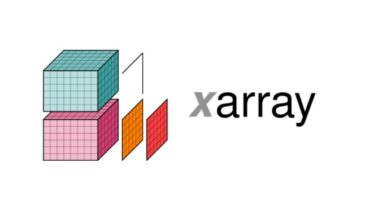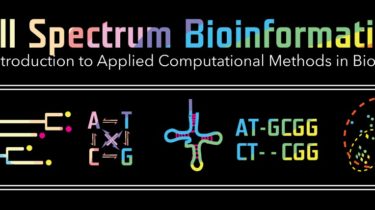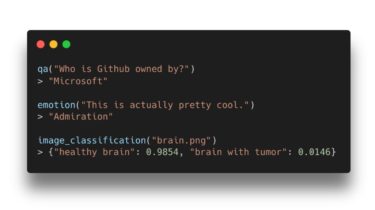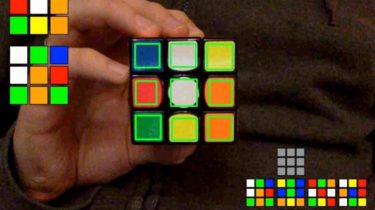Download YouTube videos/music and images in MP4, JPG
BashTube Download YouTube videos, music and images in MP4, JPG with this tool, with an easy to understand interface. This tool works with both, the rooted device and the non-rooted. INSTALLATION (TERMUX) $ pkg install -y git $ git clone https://github.com/TrollSkull/BashTube $ cd BashTube $ bash installer.sh USAGE $ bash bashtube.sh YOU CAN UPDATE THE TOOL FROM IT Using >> update and >> y REQUIREMENTS Storage access allowed. (For downloaded videos & images) Storage 10 MB. Internet. GitHub https://github.com/TrollSkull/BashTube […]
Read more








